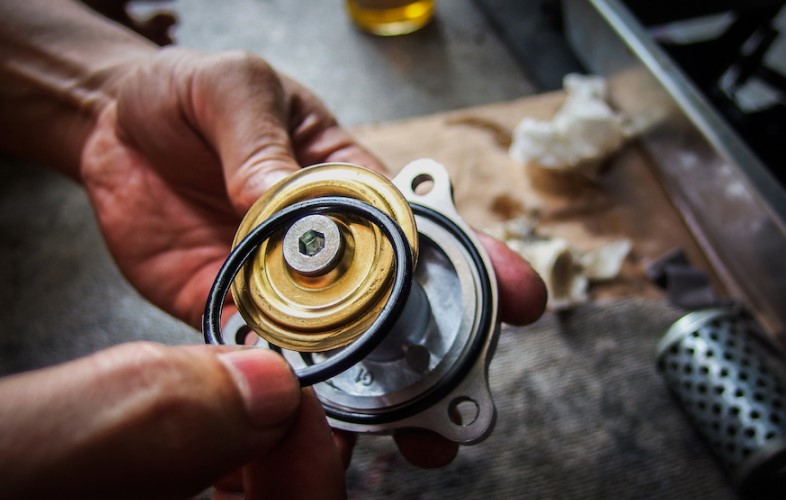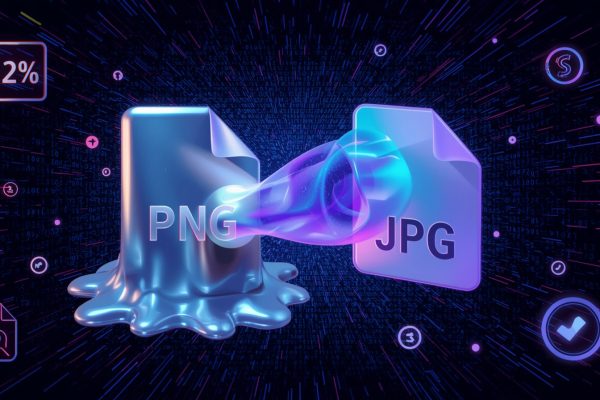In the world of mechanical systems and industrial applications, small components often play outsized roles in ensuring safety, efficiency, and reliability. One such crucial component is the O-ring seal — a simple, torus-shaped ring that serves as a critical element in sealing applications across industries. Despite its modest appearance, the O-ring is a powerhouse of engineering, responsible for preventing leaks, withstanding pressure, and enhancing system longevity.
What is an O-Ring Seal?
An O-ring seal is a circular loop made from elastomeric material with a round cross-section. Its primary function is to create a tight seal between two or more parts to prevent the escape of fluids or gases. When compressed between two surfaces, the O-ring deforms to fill the gap and block any potential passageways.
Key Benefits of O-Ring Seals
-
Cost-Effective: O-rings are relatively inexpensive to produce yet deliver high performance, making them a cost-effective solution for sealing needs.
-
Reliable Sealing: They offer excellent sealing performance under a wide range of pressures, temperatures, and chemical exposures.
-
Versatile Material Options: O-rings can be made from various materials like Nitrile (NBR), Viton®, EPDM, Silicone, and Kalrez®, each suited for different environments.
-
Compact Design: Their small size allows them to fit in tight spaces, supporting modern miniaturized systems.
-
Easy to Install and Replace: O-rings are straightforward to install and do not require complex tools or techniques.
Common Applications of O-Ring Seals
O-rings are ubiquitous and found in a vast array of industries:
-
Automotive: Used in engines, air conditioning systems, fuel systems, and braking components.
-
Aerospace: Critical in aircraft hydraulic and pneumatic systems.
-
Medical Devices: Ensure sterile and leak-free operation in equipment like syringes and pumps.
-
Industrial Machinery: Seal rotating shafts, pistons, and flanges in pumps, valves, and compressors.
-
Oil & Gas: Used in harsh conditions to prevent leaks in exploration and refining equipment.
Choosing the Right O-Ring
Selecting the correct O-ring involves considering several factors:
-
Material Compatibility: Ensure the elastomer is resistant to the fluid or gas it will contact.
-
Temperature and Pressure Ratings: Check the O-ring’s ability to perform under expected operating conditions.
-
Size and Tolerance: Proper sizing is essential to avoid over-compression or leakage.
-
Durometer (Hardness): The hardness of the material affects sealing ability and durability.
Maintenance and Failure Prevention
While O-rings are durable, improper use can lead to premature failure. Common causes include:
-
Incorrect Installation: Twisting or stretching can cause damage.
-
Chemical Degradation: Incompatible fluids can degrade the material.
-
Thermal Expansion: Temperature extremes may cause expansion or brittleness.
-
Excessive Wear: Continuous movement or pressure can wear down the O-ring over time.
Routine inspection and replacement can help prevent failures and costly downtime.
Conclusion
The O-ring seal may be simple in design, but it is a cornerstone of fluid and gas sealing technology. Its versatility, reliability, and cost-efficiency make it indispensable in countless applications, from cars to spacecraft. As technology evolves, so does the demand for high-performance sealing solutions — and the humble O-ring continues to rise to the challenge.









